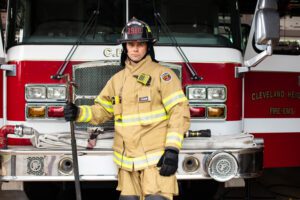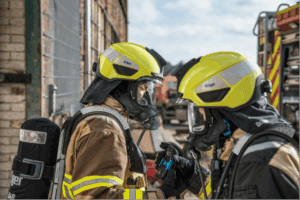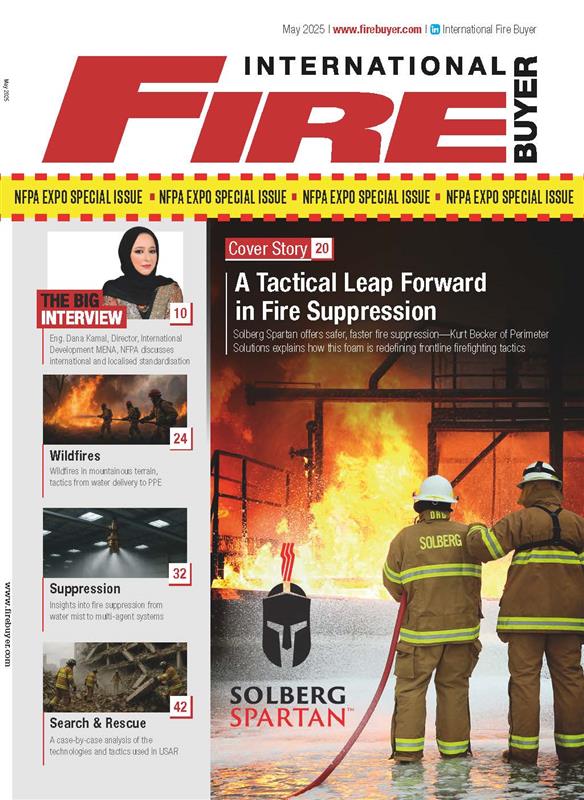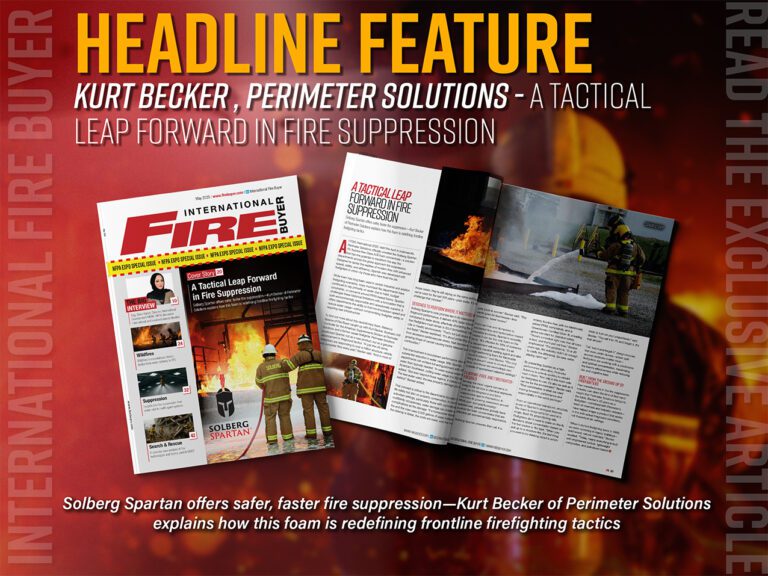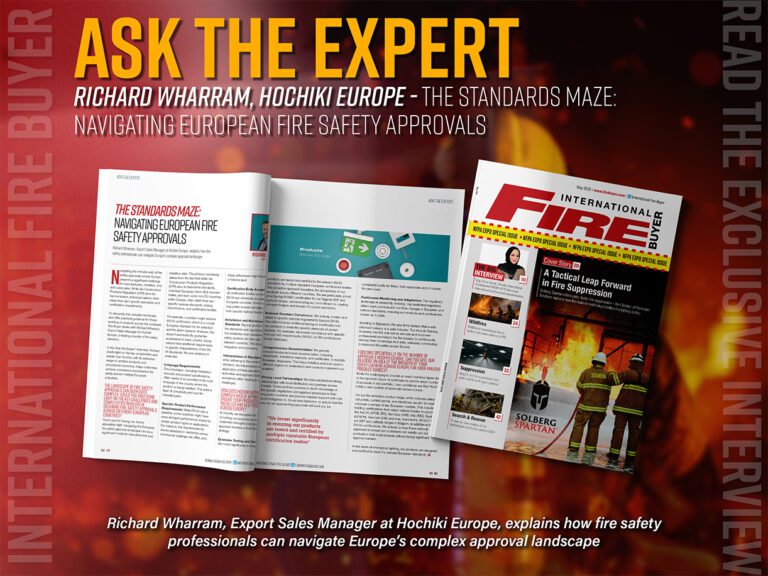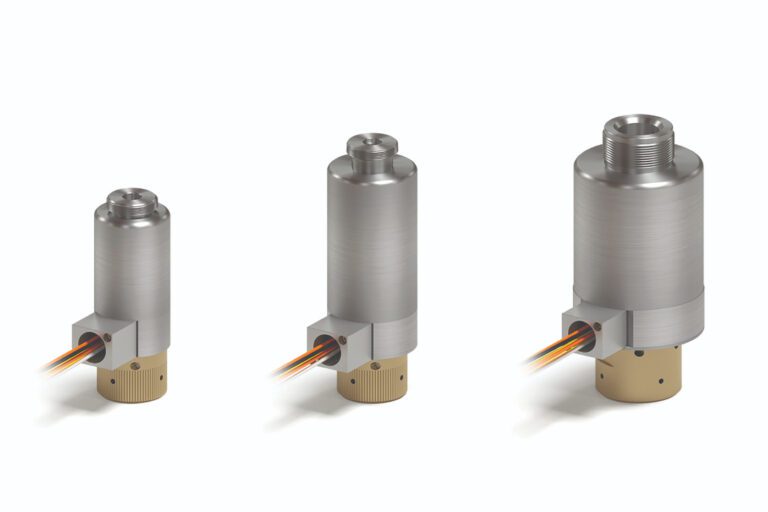With new fire safety regulations around the corner and a renewed focus on responsible persons and coordination, Karen Trigg of Allegion UK discusses the significance of fire door hardware and why regular inspections and maintenance periods must remain high on the agenda.
Fire doors and their hardware are often the first line of defence in the event of a fire. Working in tandem, they coexist as a core element of a building’s passive fire protection system, providing valuable protection and time for occupants to escape by compartmentalising the spread of smoke and fire in an emergency.
In the UK alone, approximately 3 million fire doors are purchased and installed each year. Such is their significance to fire safety, each component requires detailed engineering, third-party testing and critically, periods of ongoing inspection and maintenance. While each stage of a fire door’s lifecycle is strictly regulated, fire door checks and maintenance falls under the remit of a building’s designated responsible person and is widely understood to be an area that has fallen under neglect.
As such, in January 2023, The Fire Safety (England) Regulations 2022, under Regulation 10, made it a legal requirement for all responsible persons of multi-occupied residential buildings to conduct regular fire door checks within their premises. And while it’s said that overall inspection levels are rising, with 68% of responsible persons now conducting fire door checks (or having them inspected by professionals) every month or every quarter, there’s still work to be done says Karen Trigg of Allegion UK:
“In the 12-month period ending March 2023, fire and rescue services attended 178,737 fire incidents in England, a 17% increase compared with the previous 12 months. And when you consider the portion of fire door sets that remain overlooked, the numbers don’t make for good reading. Fire doors and their hardware play an invaluable role in the safety of our built environment, but there are considerable differences between a fire door that’s operating as intended and one that hasn’t been correctly specified, installed and maintained.
“When it comes to maintenance specifically, Article 17 of the Regulatory Reform (Fire Safety) Order 2005, states that responsible persons must ensure fire doors and their hardware are ‘subject to a suitable system of maintenance and are maintained in an efficient state, in efficient working order and in good repair’. Even durable fire door hardware can become worn and tired in a high-footfall environment and may need repairing or replacing over time. A damaged or ineffective self-closing device for example, can limit the closing action of a fire door and prevent it from fully closing into the frame – rendering it useless in the event of a fire.
“Although we’ve seen real development towards fire safety education in recent years, we must continue to drive forward the number of responsible persons conducting organised fire door checks and maintenance periods as part of their risk assessment duties. The introduction of updated guidance on 1st October 2023 aims to do this further, by improving the cooperation and coordination between responsible persons and rising the requirements associated with recording and sharing fire safety information during fire risk assessments. The update will also make it easier for enforcement authorities to act against non-compliance.”
A stitch in time saves lives
As fire safety processes tighten, building owners and facility managers shouldn’t feel discouraged in their actions. In fact, responsible persons are reminded that there’s no need to overcomplicate fire door inspections. A simple visual assessment, conducted and recorded by a competent individual, could make the difference between compliance and a fire safety disaster. Karen Trigg continues:
“For responsible persons conducting checks, the first step of fire door safety is recognising each component of a fire door and the potential faults to look for when evaluating its condition. The British Woodworking Federation Group – in support of Fire Door Safety Week – shares regular and reliable advice on fire door safety; including a practical five step checklist that has been designed to support responsible persons during fire door assessments. The checklist works as a visual guide and covers the five key areas of a fire door – informing users on what to look out for, including:
Certification: “A label or similar marking can often be found towards the top or side of the door and will confirm the fire door is genuine and certified. All ironmongery components, including locks, latches, closers and hinges must also be UKCA/CE marked and compatible with the door leaf’s certification.
Apertures: “More often than not, fire doors are tested as solid doors and without any glazing panels or air transfer grilles. It’s important to ensure there are no apertures, holes or breaks in the surface of the door or frame. Decision makers are also reminded that altering the door will make certification void.”
Gaps and seals: “Gaps around the fire door should be no greater than 3mm, and this must remain consistent around the whole frame. Intumescent strips must also be fitted at the top and sides of the door and show no signs of wear as this may negate the door’s ability to compartmentalise smoke and fire. Additionally, check for CE or BS EN 1935 marked hinges, which must be firmly fixed and without missing screws.”
Door closers: “When it comes to door closers, it’s vital to check that your door hardware is fully functioning and will close the door onto the latch from any standing position. The door must fully engage with the frame from any opening angle, and it’s recommended that users check this by letting go of the door from 75mm through to the closed position. It’s also important to review any hold-open devices to ensure they aren’t working against the door’s self-closing devices, as fire doors must not be wedged open in any scenario.”
Operation: “Testing the operation of the full door assembly is essential – from handles and closers to hinges and seals. If the door is not operating effectively, is closing incorrectly on any of its sides, or there is any doubt towards hardware certification and reliability, responsible persons must identify the problem before arranging and managing professional maintenance as soon as possible. Because when it comes to fire safety, there’s simply no time to stand still.”
How Allegion UK can Help
Allegion UK has a wealth of resources to help professionals undertake product selection, installation and maintenance checks on fire doors and hardware. For post-installation and maintenance support, Allegion’s simple toolkit provides information and tips on detecting potential faulty doors and poor installation, a guide to the EN classification system and a safety checklist. There’s also an option to order a free door gap tester or download Allegion’s general guide to service and maintenance for free.
To read more articles, see our last issue here.
Never miss a story… Follow us on:
International Fire Buyer
@Firebuyer
Fire Buyer
Media Contact
Rebecca Spayne Managing Editor, International Fire Buyer
Tel: +44 (0) 1622 823 920
Email: [email protected]


